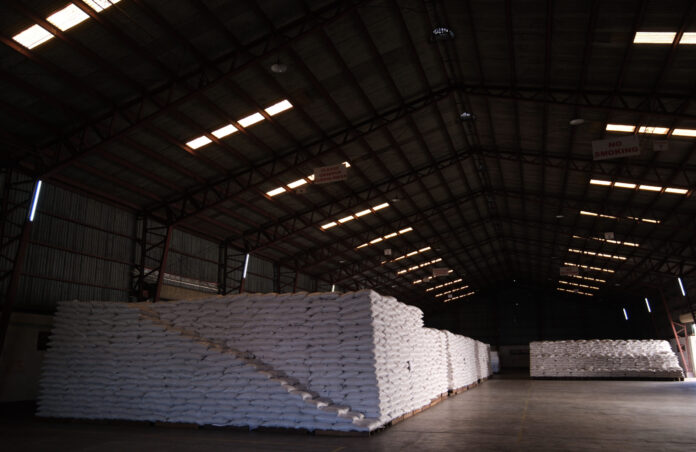The Department of Agriculture (DA) is holding off on any rice tariff increases, saying it is not the right time, particularly with the summer harvest nearly concluded. Agriculture Secretary Francisco Tiu Laurel Jr. emphasized that any move to adjust tariffs must be carefully timed and coordinated with other economic managers.
“It’s a matter of timing. Will not increase for now since the harvest season is already done from origins,” Tiu Laurel told reporters on Monday during the reopening of a rehabilitated National Food Authority (NFA) warehouse in Bulacan.
Calls from local stakeholders to revert rice tariffs to pre-EO 62 levels—35 percent for ASEAN rice and 50 percent for non-ASEAN imports—have grown louder since March. But the DA remains wary of the inflationary risks and subsidy implications of any hike.
“If we increase tariffs, maybe time it during the harvest season… Timing and managing, I may have to consult with the other economic managers,” Tiu Laurel said, noting the broader economic coordination such decisions require.
The government has been implementing a reduced 15 percent rice tariff since Executive Order 62 took effect last year, aiming to soften retail prices amid persistent food inflation. Despite pressures to restore higher duties to protect local farmers, the DA is wary of disrupting market stability during lean periods.
DA spokesperson Arnel de Mesa further warned that raising tariffs during the off-harvest season could sharply raise retail prices and strain the government’s rice subsidy programs.
“Imagine, if you increase tariffs while your supply is limited because the harvest is limited, prices will shoot up. That is what we want to avoid,” said de Mesa. He pointed out that any increase would force the government to shoulder larger subsidies to keep rice affordable, potentially derailing initiatives like the P20 per kilogram rice program.
While resisting tariff adjustments, the DA also focused efforts on infrastructure to aid farmers. The NFA warehouse in Malolos, built in 1979, has undergone a P10.4 million upgrade that includes modernized electrical systems and better ventilation. The facility can now store up to 70,000 50-kg bags of rice.
“This long-overdue upgrade ensures that our hardworking rice farmers, especially in Bulacan, are no longer at the mercy of opportunistic traders,” said Tiu Laurel, who also chairs the NFA Council.
He noted that while NFA currently buys palay at P18 to P24 per kg—well above the estimated production cost of P12 to P14—some traders exploited the prior warehouse shutdown to offer as little as P11.50 per kg to farmers.
NFA administrator Larry Lacson described the warehouse’s rehabilitation as “vital” to maintaining a robust rice buffer stock. As of May 20, NFA holds 8.24 million bags of rice—enough for an estimated 11 days of national consumption.
According to DA monitoring, rice prices in Metro Manila as of May 22 ranged as follows:
- Local well-milled: P38–P50/kg
- Regular milled: P33–P43/kg
- Imported well-milled: P40–P48/kg
- Imported regular milled: P35–P45/kg
- Special imported: P49–P61/kg
- Special local: P50–P65/kg
- Premium rice: P43–P60/kg (local and imported)
These are based on prevailing market prices and do not include government subsidies.
As the policy debate continues, the DA’s stance signals a careful balancing act between supporting local farmers and shielding consumers from price shocks—underscoring the complexities in managing the country’s rice supply and trade policies.







